In the world of insects, survival isn’t just about being the fastest or strongest. It’s about being the most cunning. Every day, millions of tiny creatures engage in elaborate games of deception that would make even the most skilled magician jealous. From master disguise artists to deadly mimics, these small but mighty tricksters have evolved incredible strategies to fool their enemies and secure their next meal. Their methods range from the beautifully bizarre to the downright disturbing, proving that nature’s greatest con artists come in the smallest packages.
The Orchid Mantis: Nature’s Perfect Flower Impersonator

The orchid mantis stands as one of nature’s most stunning examples of aggressive mimicry. These remarkable insects don’t just blend in with flowers – they become them. With their pink and white coloration, petal-like leg extensions, and graceful movements, they transform into living orchid blooms that even fool experienced botanists from a distance.
What makes their deception truly masterful is how they exploit the very instincts that keep other insects alive. Pollinators like bees and butterflies are naturally drawn to these “flowers,” expecting nectar but finding death instead. The mantis remains perfectly still, sometimes for hours, waiting for the perfect moment to strike with lightning-fast precision.
Recent research has revealed that orchid mantises are so convincing that they actually attract more pollinators than real flowers in their vicinity. This incredible evolutionary achievement demonstrates how deception can become an art form when survival depends on it.
The Assassin Bug: Master of Corpse Camouflage
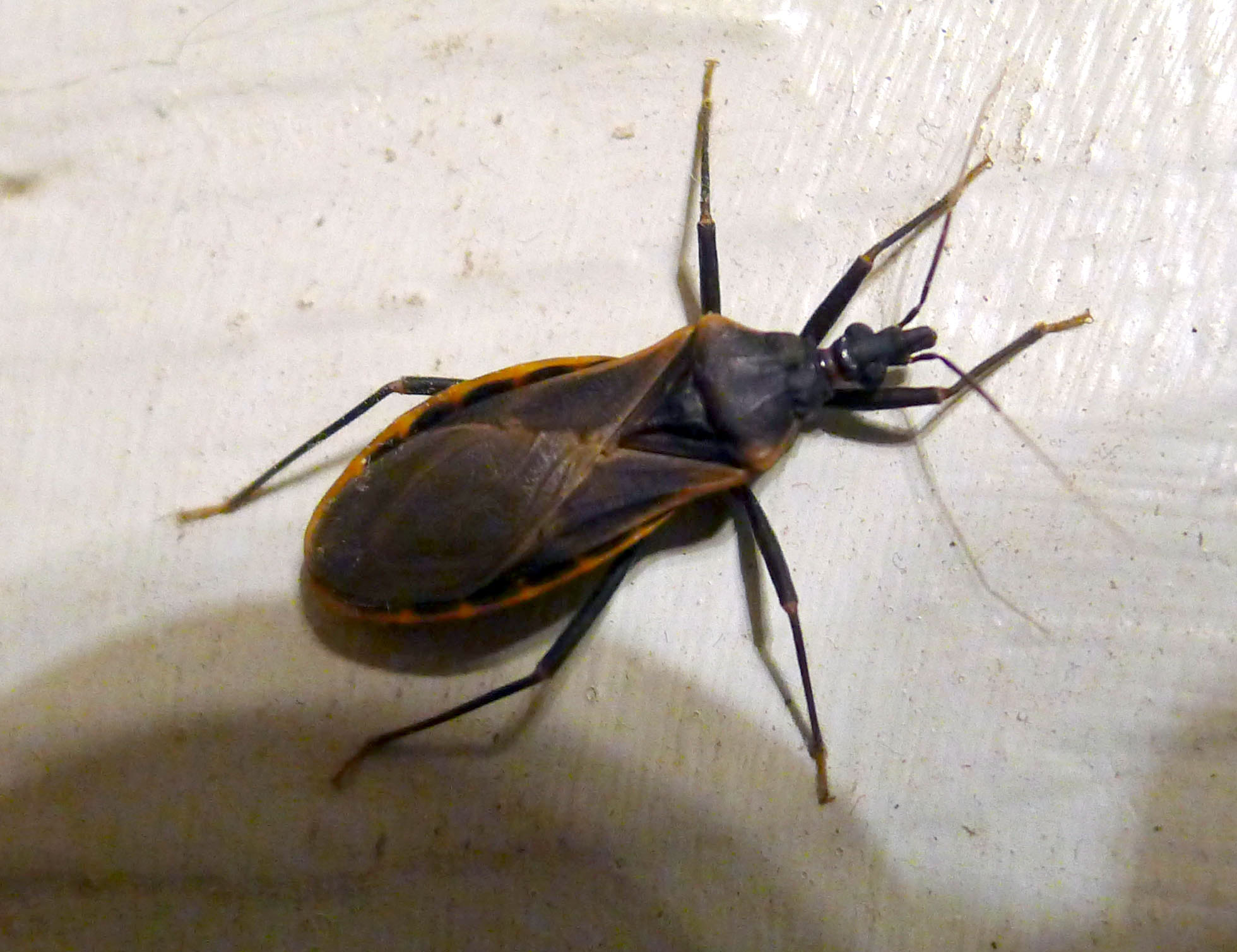
If you thought wearing your victims as clothing was reserved for horror movies, you haven’t met the assassin bug. These cunning predators have developed one of the most macabre disguise techniques in the insect world. After killing their prey, they don’t just dispose of the evidence – they wear it.
The assassin bug carefully arranges the empty shells and carcasses of its victims on its back, creating a grotesque but highly effective camouflage. This “corpse cloak” serves multiple purposes: it helps them blend into their environment, masks their scent from potential predators, and even attracts more unsuspecting prey who mistake the bug for a pile of debris.
Different species of assassin bugs have perfected this technique in various ways. Some specialize in ant carcasses, while others prefer aphids or other small insects. The result is a walking graveyard that strikes fear into the hearts of their enemies while remaining virtually invisible to larger predators.
The Firefly: Flashing False Signals of Love
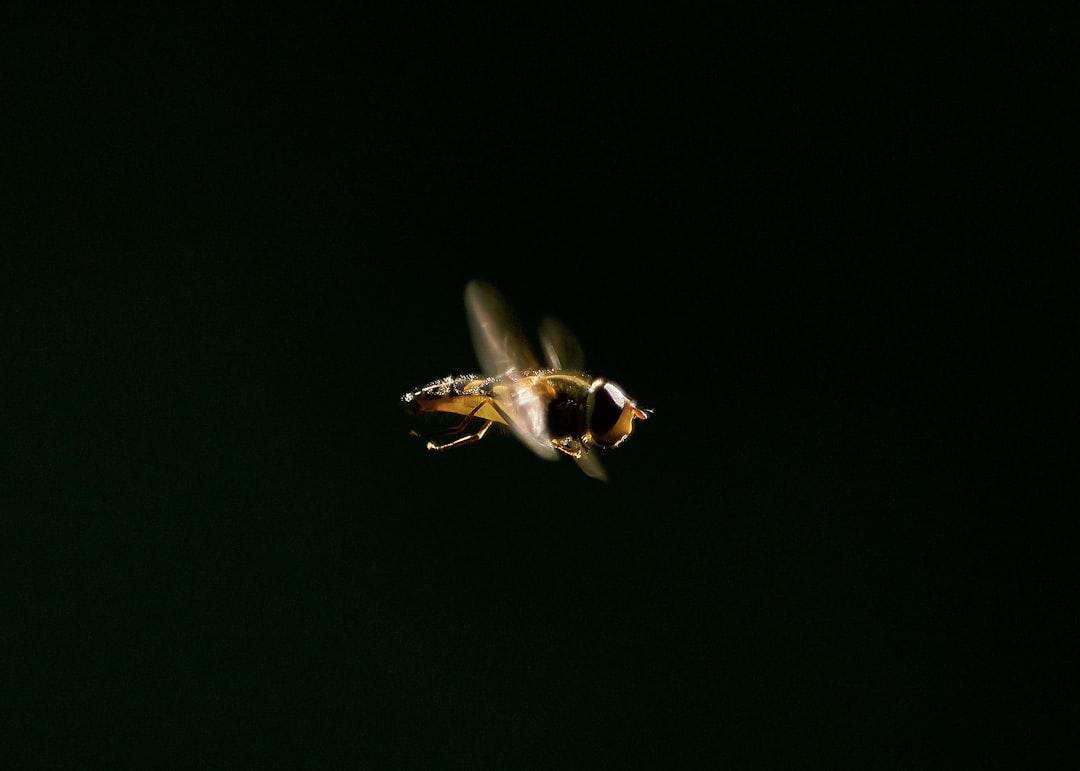
Romance in the firefly world isn’t always what it seems. While most people associate these twinkling insects with magical summer evenings, some species have turned their bioluminescent abilities into deadly weapons of deception. Female fireflies of certain species have learned to mimic the mating signals of other firefly species, creating a twisted form of interspecies catfishing.
When a male firefly responds to what he believes is a receptive female of his own species, he’s actually flying straight into a trap. The predatory female firefly doesn’t just want romance – she wants dinner. These femme fatales have memorized the specific flash patterns of multiple species, allowing them to lure in a variety of victims.
The tragic irony is that the very signals meant to ensure the continuation of life become instruments of death. This behavior, known as aggressive mimicry, shows how even the most beautiful displays in nature can hide sinister intentions.
The Ant-Mimic Spider: Eight-Legged Infiltrator
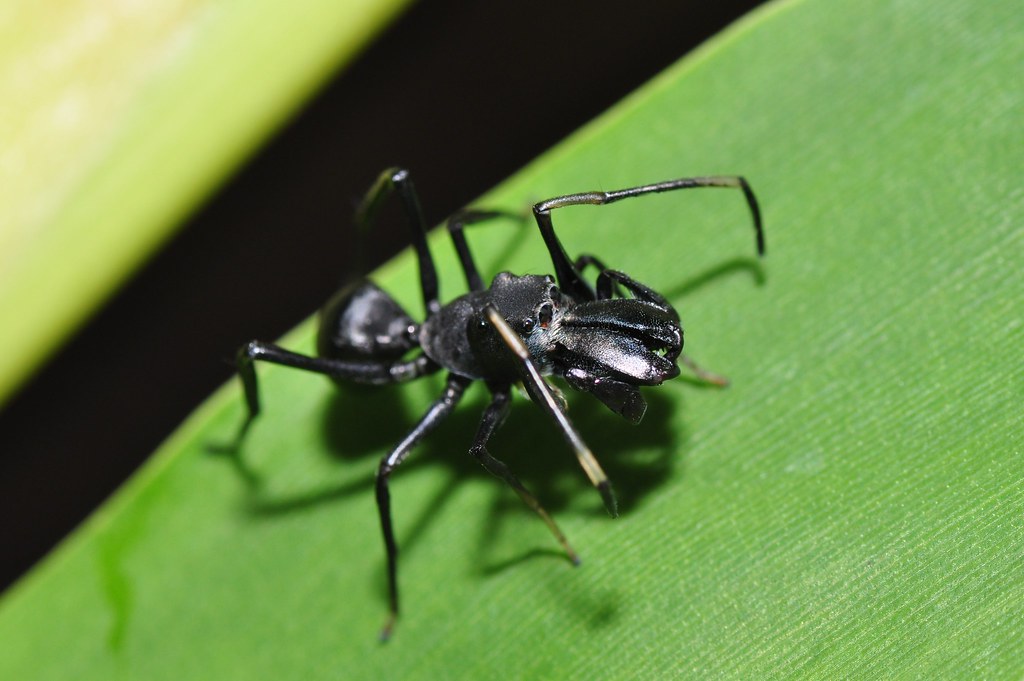
Imagine trying to sneak into a heavily guarded fortress by disguising yourself as one of the guards. That’s exactly what ant-mimic spiders do every day. These remarkable arachnids have evolved to look, move, and even smell like ants, allowing them to infiltrate ant colonies without raising suspicion.
Their transformation is so complete that it’s almost impossible to distinguish them from real ants without close examination. They wave their front legs like antennae, adopt the characteristic jerky movement patterns of ants, and even alter their body shape to appear more ant-like. Some species go so far as to mimic specific ant species, matching their size, color, and behavior with extraordinary precision.
Once inside the colony, these spiders can hunt freely among their unsuspecting hosts. They pick off isolated workers, larvae, and even other spiders, all while maintaining their carefully crafted disguise. It’s like having a wolf in sheep’s clothing, but with eight legs and venomous fangs.
The Cuckoo Bee: The Ultimate Freeloader
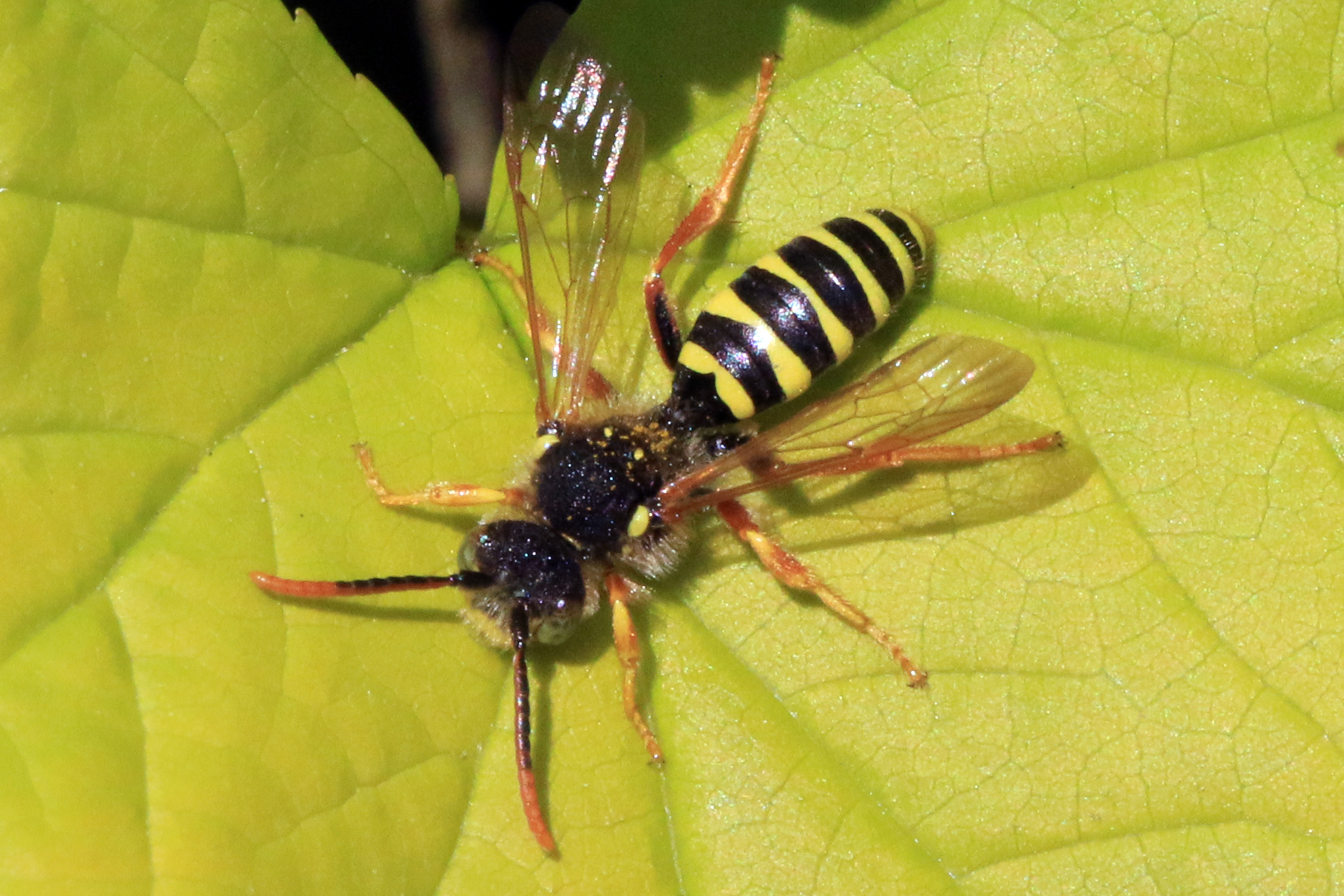
Not all deception in the insect world involves predation. Some species have mastered the art of being ultimate freeloaders, and cuckoo bees are perhaps the most sophisticated among them. These parasitic bees have given up the honest work of building their own nests and collecting pollen, instead choosing to exploit the hard work of other bee species.
Female cuckoo bees are master infiltrators who wait for the perfect moment to strike. They observe their target species, learning their schedules and behaviors, then sneak into their nests when the rightful owners are away. Once inside, they lay their eggs in the carefully provisioned brood cells, essentially hijacking the nursery.
What makes their deception even more remarkable is how they’ve evolved to match the chemical signatures of their host species. They can fool the resident bees into thinking they belong there, sometimes even receiving help from the very bees they’re exploiting. When the cuckoo bee larvae hatch, they consume the food intended for the host’s offspring, completing one of nature’s most elaborate con jobs.
The Robber Fly: Aerial Pirate in Disguise
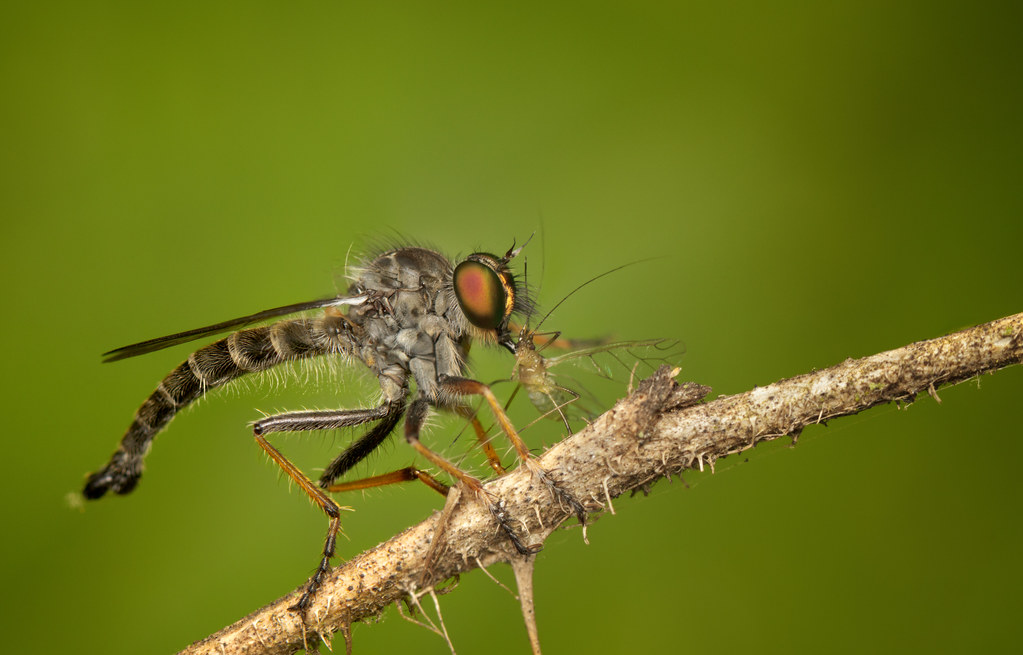
The skies above us are filled with aerial pirates, and robber flies are among the most skilled of these airborne bandits. These impressive hunters have evolved to mimic various other flying insects, using their disguises to get close enough to their prey for a devastating surprise attack.
Some robber fly species have perfected the art of mimicking bumblebees, complete with fuzzy yellow and black coloration and similar flight patterns. Others disguise themselves as wasps, moths, or even other flies. This mimicry serves a dual purpose: it helps them avoid predators who might fear the species they’re imitating, and it allows them to approach their prey without triggering alarm signals.
When a robber fly strikes, it’s with the precision of a fighter pilot. They can pluck smaller insects right out of the air, inject them with paralyzing venom, and consume them while still in flight. Their disguises are so effective that even experienced entomologists sometimes struggle to identify them in the field.
The Stick Insect: Master of Stillness
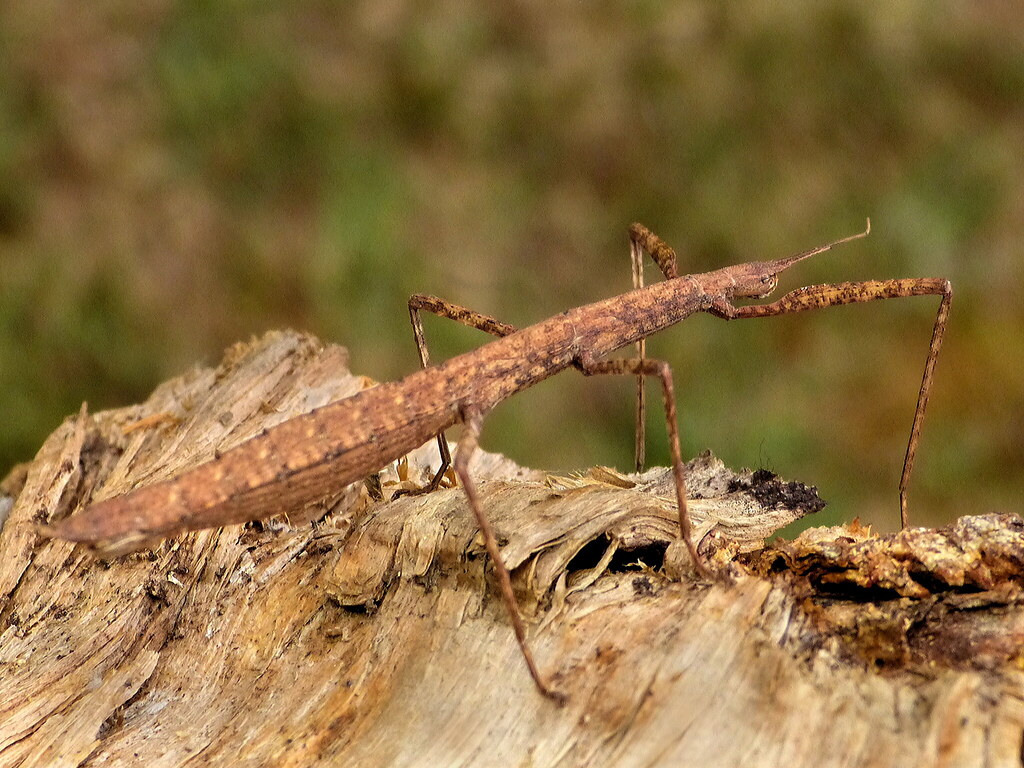
While many insects rely on active deception, stick insects have mastered the art of passive camouflage to an almost supernatural degree. These remarkable creatures don’t just look like twigs – they become twigs in every sense except the biological one. Their commitment to the disguise is so complete that they’ll maintain their rigid pose even when handled by humans.
What sets stick insects apart from other camouflaged creatures is their understanding of behavioral mimicry. They don’t just look like branches; they move like them too. When walking, they sway gently as if moved by an invisible breeze. When threatened, they can remain motionless for hours, testing the patience of any predator.
Some species take their deception even further by mimicking leaves, complete with realistic vein patterns and even simulated bite marks from herbivores. Their eggs often resemble seeds, ensuring that even their offspring are protected by deception from the moment they’re laid.
The Praying Mantis: Patient Predator

Beyond the orchid mantis, the broader family of praying mantises has developed numerous deceptive strategies that make them some of nature’s most effective ambush predators. Their triangular heads, large compound eyes, and seemingly prayerful posture create an almost religious appearance that masks their true nature as ruthless killers.
Many mantis species have perfected the art of blending into their surroundings, whether it’s bark, leaves, or flowers. They remain perfectly still for extended periods, their only movement being the slight turn of their heads as they track potential prey. This patience is legendary – some mantises will wait in the same spot for days until the perfect opportunity presents itself.
Their deception extends beyond just visual camouflage. Many mantises have learned to position themselves along known insect highways, such as flower stems or leaf edges where prey commonly travels. They’ve essentially become living traps, using their environment’s natural traffic patterns to their advantage.
The Zombie Ant Fungus: Mind Control Horror
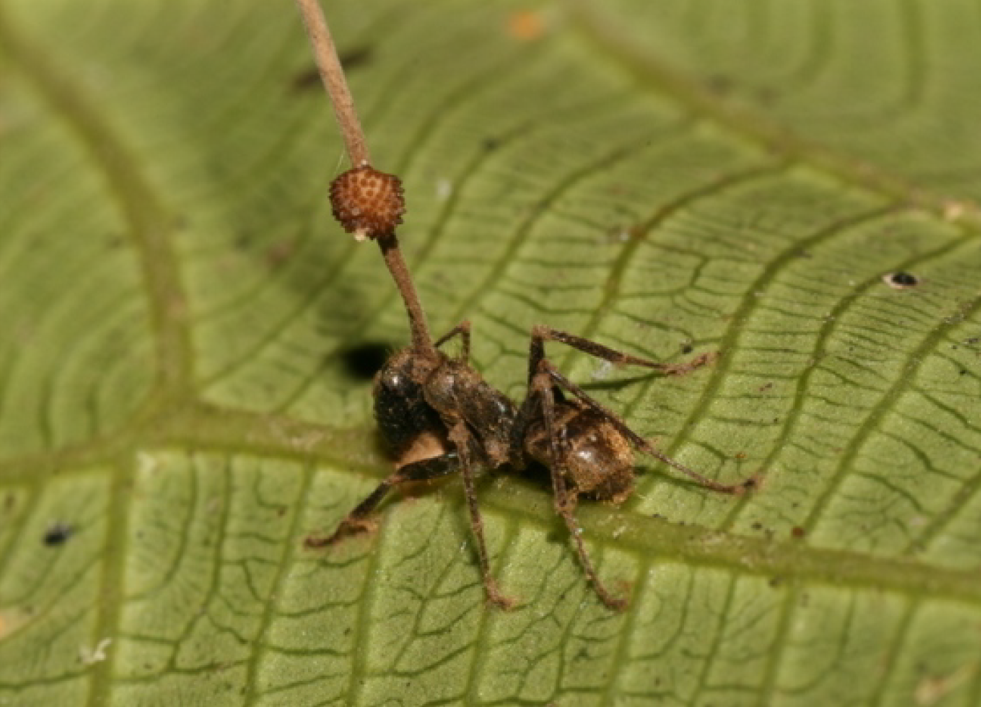
Perhaps the most disturbing form of deception in the insect world doesn’t come from insects themselves, but from the fungi that control them. The zombie ant fungus represents one of nature’s most sophisticated forms of manipulation, turning its victims into unwilling accomplices in their own destruction.
When spores of this fungus infect an ant, they don’t just kill it – they hijack its nervous system. The infected ant begins behaving in ways that benefit the fungus, climbing to specific heights and locations that provide optimal conditions for spore dispersal. The ant’s final act is to clamp its jaws onto a leaf or branch, anchoring itself in place before death takes hold.
What makes this deception so chilling is how the fungus manipulates the ant’s natural behaviors. The infected ant still appears to be making its own choices, but every decision is actually being controlled by the parasitic fungus. It’s biological puppetry at its most refined and terrifying.
The Bolas Spider: Lasso-Wielding Seductress

In the world of deceptive hunters, few are as specialized as the bolas spider. These remarkable arachnids have abandoned the traditional web-building approach in favor of a more targeted strategy that combines chemical deception with precision hunting tools.
Female bolas spiders create a silk line with a sticky globule at the end, resembling a tiny lasso. But their real weapon isn’t the bolas itself – it’s the chemical signals they emit. These spiders can produce pheromones that exactly mimic the sex attractants of female moths, drawing unsuspecting males into their trap.
When a male moth approaches, attracted by what he believes are the chemical signals of a potential mate, the spider swings her bolas with remarkable accuracy. The sticky ball adheres to the moth, and the spider reels in her catch like a fisherman landing a prize trout. Different species of bolas spiders have specialized in different moth species, each perfecting their own unique chemical signature.
The Antlion: Trap-Building Architect
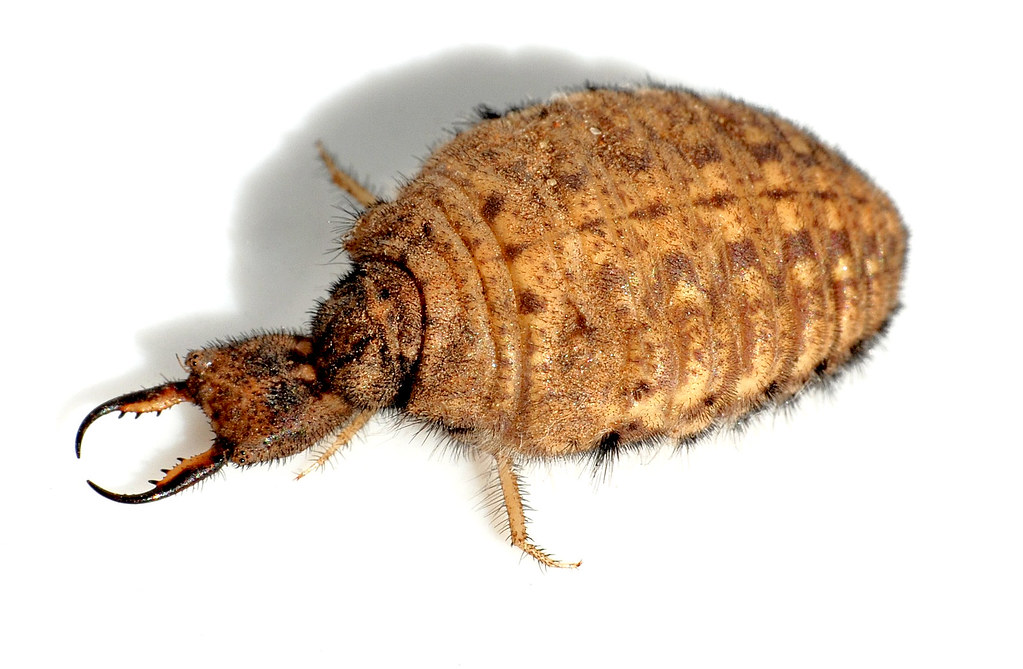
The antlion larva, often called a “doodlebug,” has mastered the art of environmental deception by creating elaborate traps that turn the landscape itself into a weapon. These insects don’t chase their prey or mimic other species – instead, they become landscape architects, designing deadly pitfalls that exploit the physics of sand and gravity.
The antlion’s trap is a masterpiece of engineering disguised as a simple depression in the sand. The conical pit is precisely angled so that any small insect that stumbles into it will find escape nearly impossible. The walls are steep enough that sand constantly slides downward, carrying any struggling prey toward the waiting jaws at the bottom.
What makes their deception truly remarkable is how they actively maintain their traps. When prey struggles to escape, the antlion throws sand at them, creating small avalanches that drag the victim deeper into the pit. They’ve essentially turned the entire surrounding environment into an accomplice in their hunting strategy.
The Crab Spider: Color-Changing Assassin
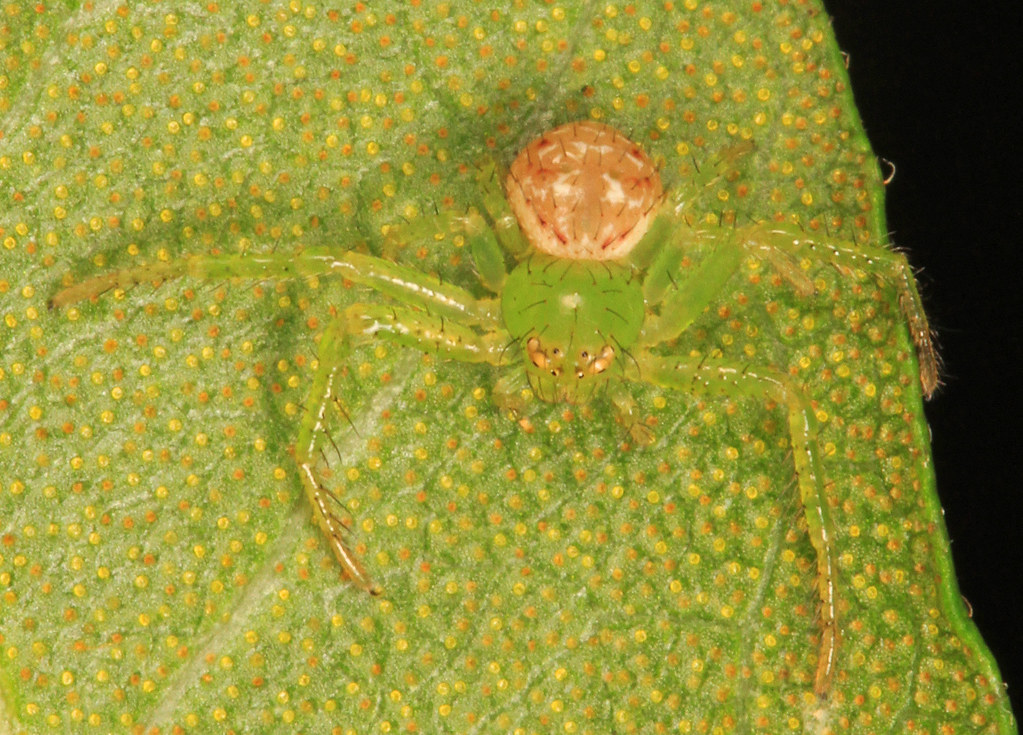
Crab spiders represent one of nature’s most adaptable deceivers, capable of changing their coloration to match their surroundings with remarkable precision. These skilled hunters position themselves on flowers, where they wait for unsuspecting pollinators to come within striking distance.
What sets crab spiders apart from other ambush predators is their ability to actively adjust their camouflage. They can shift from white to yellow to pink, depending on the flower they’re hunting on. This transformation isn’t instant – it can take several days – but the results are so effective that even keen-eyed birds often overlook them.
Their hunting strategy combines patience with lightning-fast reflexes. They remain motionless for hours, their bodies perfectly aligned with the flower’s natural contours. When a bee or butterfly lands to feed, the spider strikes with venom that quickly paralyzes their prey, all while maintaining their floral disguise.
The Conclusion: Nature’s Greatest Con Artists
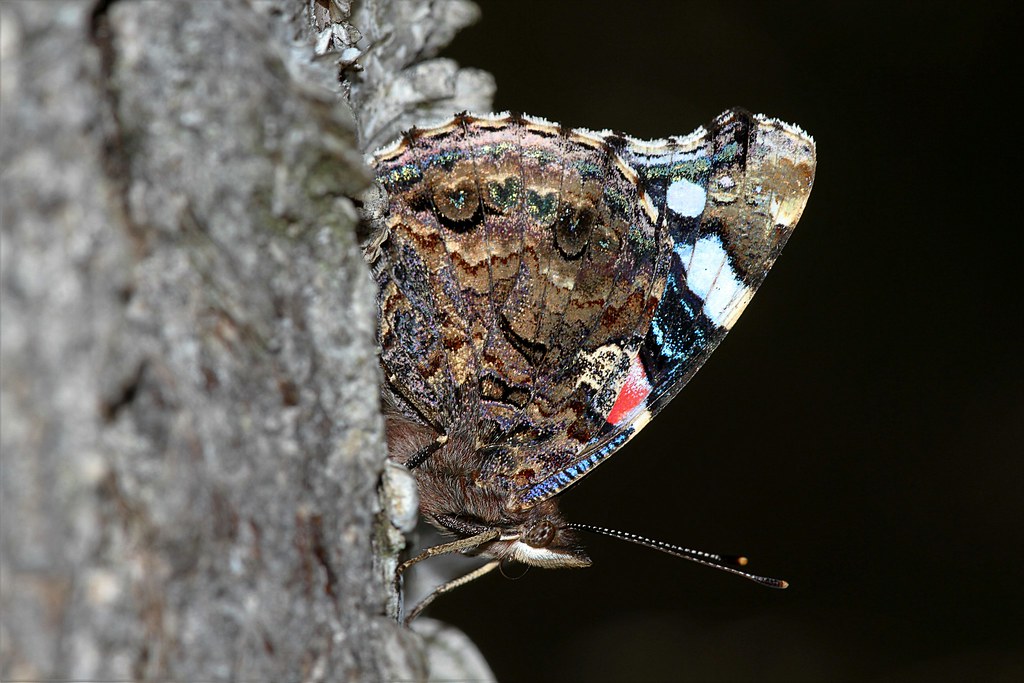
The insect world proves that survival isn’t always about being the biggest or strongest competitor. These eight remarkable species demonstrate that intelligence, patience, and creativity can be far more effective than brute force. From the orchid mantis’s floral masquerade to the zombie ant fungus’s mind control, each species has evolved unique strategies that blur the line between reality and deception.
Their success stories remind us that nature is filled with master manipulators who have spent millions of years perfecting their craft. These tiny tricksters continue to evolve new strategies, always staying one step ahead in the endless game of survival. Each species teaches us something different about adaptation, showing how evolution can produce solutions that seem almost too clever to be real.
The next time you step outside, remember that you’re entering a world where nothing is quite what it seems. Behind every flower, leaf, and twig might be a master of disguise, waiting patiently for the perfect moment to reveal their true nature. What other secrets might these small but mighty deceivers be hiding right under our noses?

